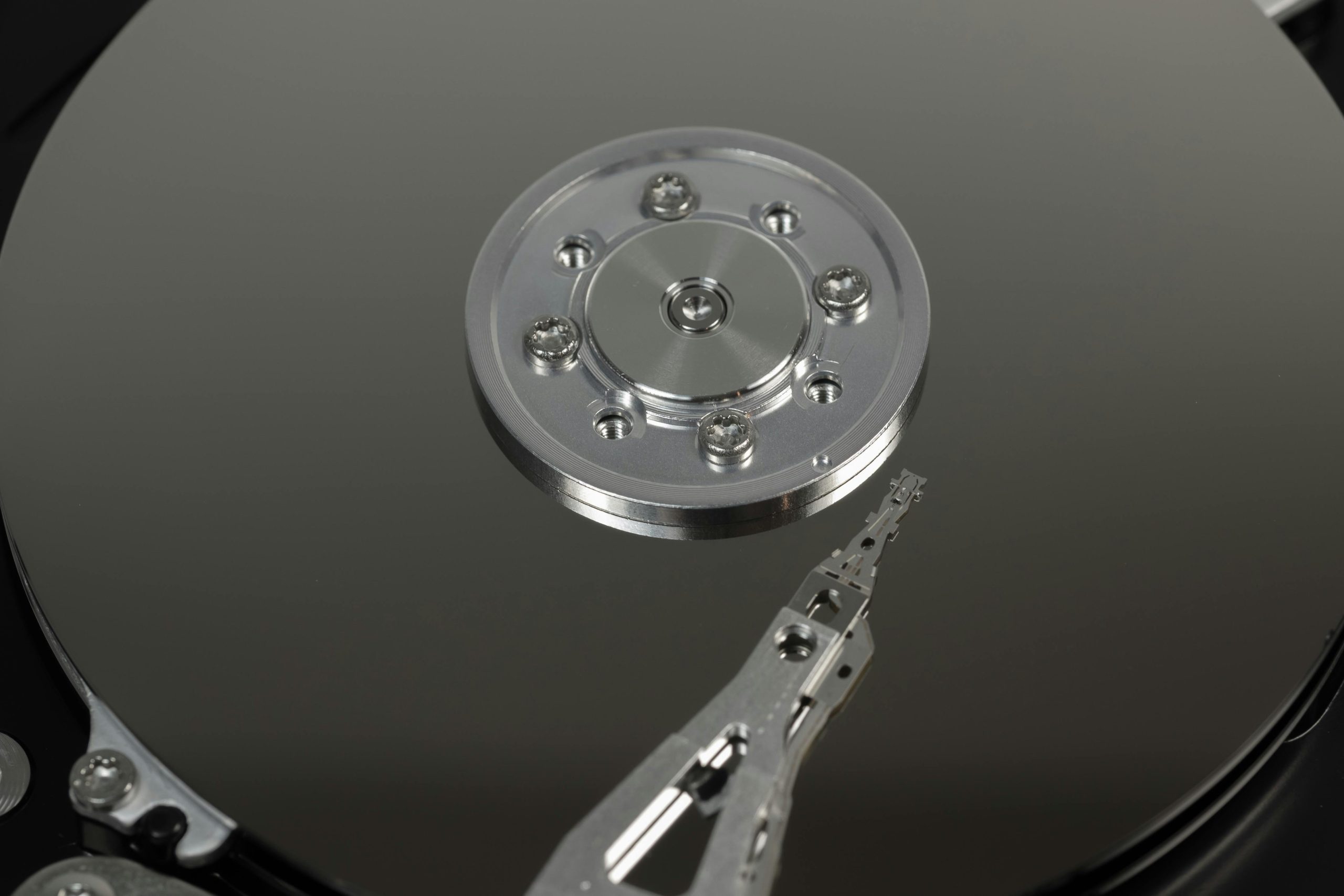Understanding Storage Discrepancies in Google Drive: Troubleshooting Hidden Space Usage
Google Drive is a powerful cloud storage service widely used for personal and professional data management. However, users sometimes encounter confusing storage alerts, such as receiving notifications that their storage is nearly full despite visible files accounting for minimal space. Such discrepancies can be perplexing, prompting questions about hidden or unaccounted data contributing to storage consumption.
In this article, we will explore common causes of storage inconsistencies in Google Drive and provide practical troubleshooting steps to identify and resolve these issues.
Common Causes of Storage Discrepancies
- Hidden or System Files Not Visible in Drive
Google Drive may contain hidden files or system data that are not immediately visible through the standard interface. These can include: - App Data: Files generated by connected applications.
- Trash/Recycle Bin: Files that have been deleted but not permanently removed.
-
Shared Files: Files shared with you but not stored directly in your drive.
-
Google Drive Trash and Storage Management
Files in the Trash still occupy space until permanently deleted. Always ensure you empty the Trash to free up storage. -
Cached or Syncing Data
Some storage space may be occupied by cached data or temporary files, especially if you use Google Drive on multiple devices. -
Other Google Services
Storage used by other Google services linked to your account, such as Gmail or Google Photos, can contribute to overall storage usage. Even if your Gmail appears clear, large attachments or archived emails can still consume space. -
Hidden Files Due to Sync Issues or Bugs
Occasionally, synchronization glitches or bugs can cause drives to report incorrect storage usage. These can sometimes display phantom files or misreport the size of existing files.
Troubleshooting Steps
- Verify File Storage Details
- Visit Google Drive in a web browser.
- Check the ‘Storage’ section (found in the ‘Settings’ menu) to see a breakdown of what’s consuming space.
-
Clear out files in Trash and permanently delete them.
-
Review Third-Party Apps and Connected Devices
- Check connected applications or devices that may be storing data or backups.
-
Review Backup and Sync settings on your phone or computer to identify any unexpected data uploads.
-
Use Google One Storage Management
- Access your Google One account at https://one.google.com/storage.
- Review detailed storage breakdowns across all Google services linked to your account.
- Delete
Share this content:



